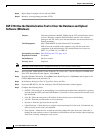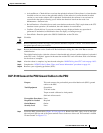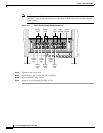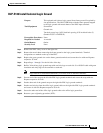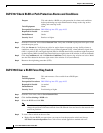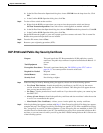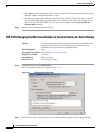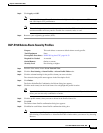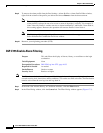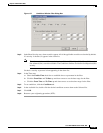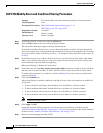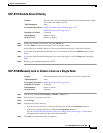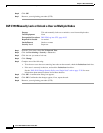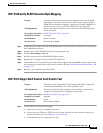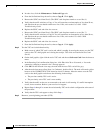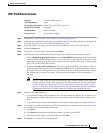
17-44
Cisco ONS 15600 Procedure Guide, R8.0
Chapter 17 DLPs E100 to E199
DLP- E155 Enable Alarm Filtering
Step 9 To remove the alarm profile from the Provisioning > Alarm Profiles > Alarm Profile Editor window,
right-click the column of the profile you deleted and choose Remove from the shortcut menu.
Note If a node and profile combination is selected but does not exist, a warning appears: “One or more
of the profile(s) selected do not exist on one or more of the node(s) selected.” For example, if
Node A has only Profile 1 and the user tries to delete both Profile 1 and Profile 2 from Node A,
this warning appears. However, the operation still removes Profile 1 from Node A.
Note The Default and Inherited special profiles cannot be deleted and do not appear in the
Select Node/Profile Combination for Delete window.
Step 10 Return to your originating procedure (NTP).
DLP-E155 Enable Alarm Filtering
Note The Filter button in the Alarms, History, and Conditions windows allows you to display data that meets
a certain severity level, time frame, and/or condition. CTC retains user filter activation. The filter button
remains active when the user logs out and logs back in.
Step 1 In the node view Alarms, History, or Conditions windows, click the Filter button.
Step 2 In the Filter Dialog window, click the General tab. The Filter Dialog window appears (Figure 17-7).
Purpose This task filters the display of alarms, history, or conditions on the login
workstation.
Tools/Equipment None
Prerequisite Procedures DLP-E26 Log into CTC, page 16-33
Required/As Needed As needed
Onsite/Remote Onsite or remote
Security Level Retrieve or higher



